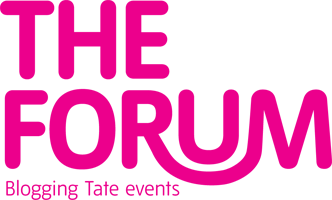If you don't know the work of Glenn Ligon, a New York-based artist known for his work around language, then now is the time to get acquainted. At the latest in the Tate's Talking Art held in collaboration with Art Monthly Ligon was a candid and entertaining interviewee as he spoke to Art Monthly editor Patricia Bickers about appropriation as a dominant cultural mode of the 1980s, the inspiration he draws from James Baldwin’s writings and his ‘first political act’.

 Ligon has created work across a variety of media, including painting, sculpture, neon and drawing, in which a key feature is his fascination with language, especially as written text. 'My work is sort of autobiography filtered through other people's narratives and text,’ he says. Adding: 'I don't think of myself being attached to any label. When people ask me what kind of artist I am, I say “I'm a painter”.'
Ligon has created work across a variety of media, including painting, sculpture, neon and drawing, in which a key feature is his fascination with language, especially as written text. 'My work is sort of autobiography filtered through other people's narratives and text,’ he says. Adding: 'I don't think of myself being attached to any label. When people ask me what kind of artist I am, I say “I'm a painter”.'As an artist he is interested in the ‘moment when something goes really wrong’ and that includes making the most of accidents. During the conversation he also told the audience about Henry 'Box' Brown’s epic 27-hour postal journey, the fact that his father was a ‘numbers runner’, his Richard Pryor paintings, which were based on the stand up comedian’s jokes, and the first moment he thought he was an artist. When he was eight, he was making a papier-mâchè boat in an art class and painted the boat with a blue hull and orange smoke stacks. The teacher suggested he repaint it and remarked on the 'ugly colours'. 'I painted it black,’ he says. ‘It was my first political act.'
Visit his web-based work Annotations






No comments:
Post a Comment